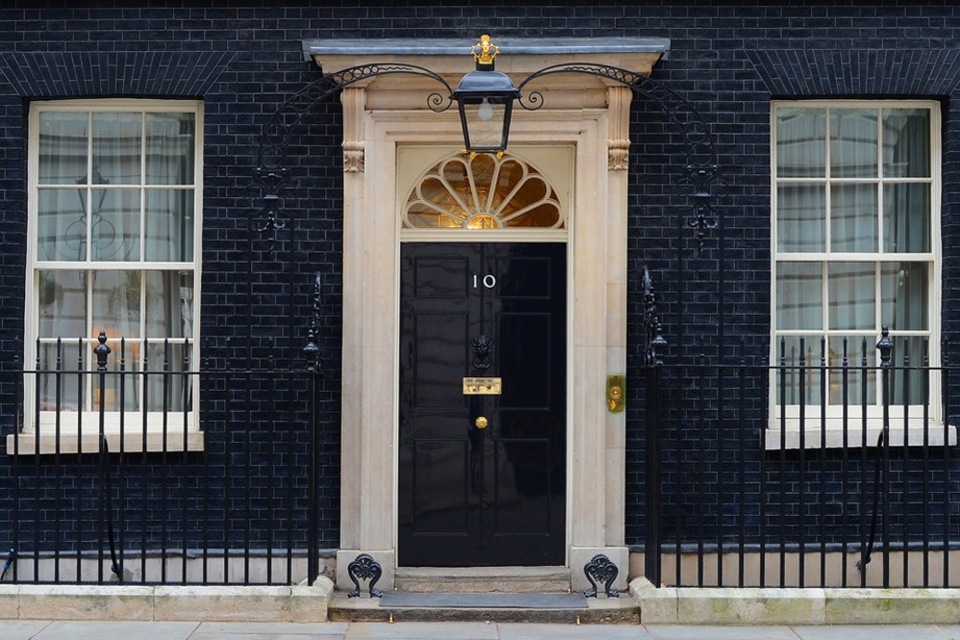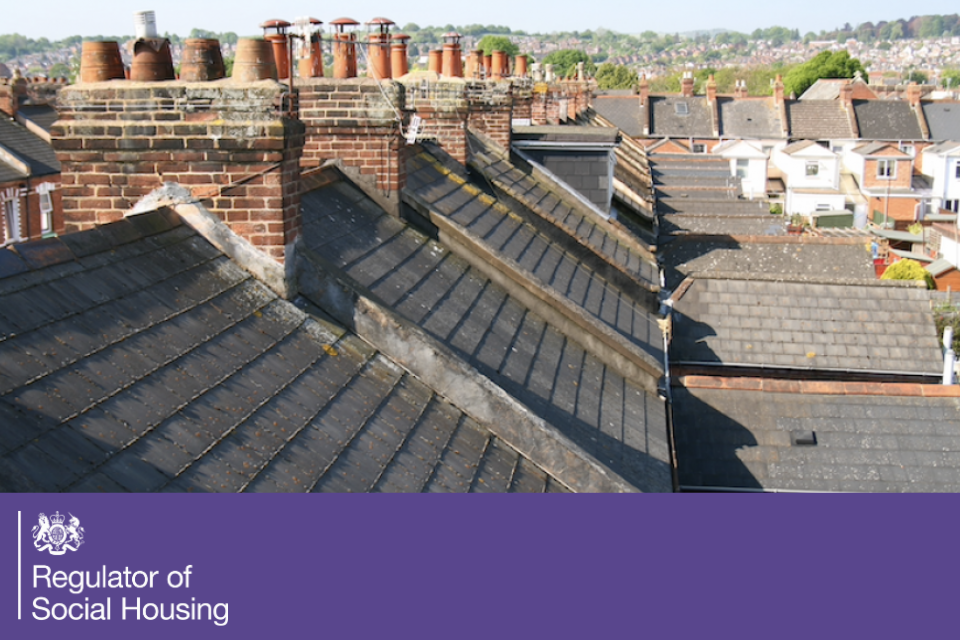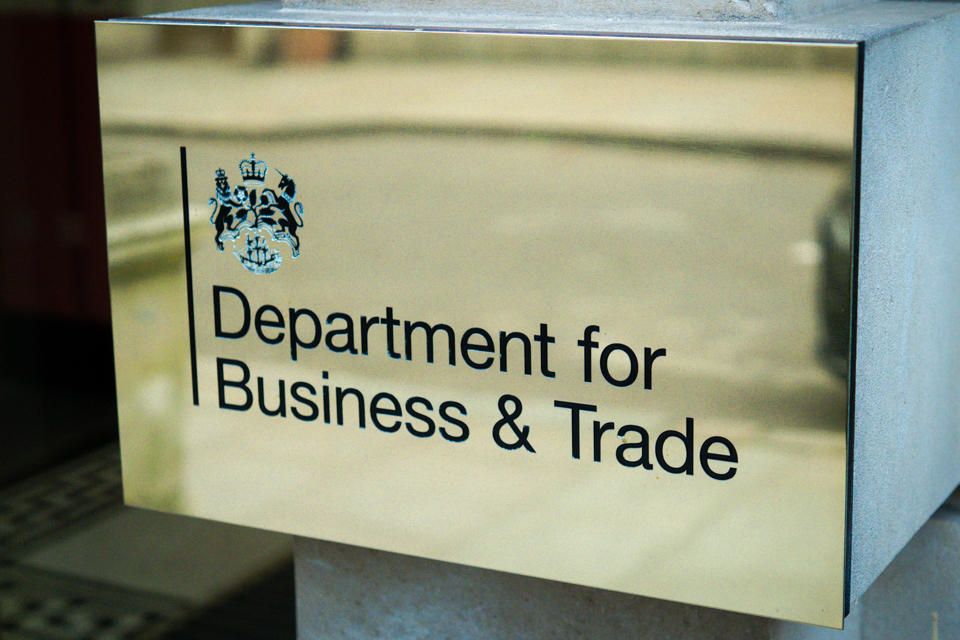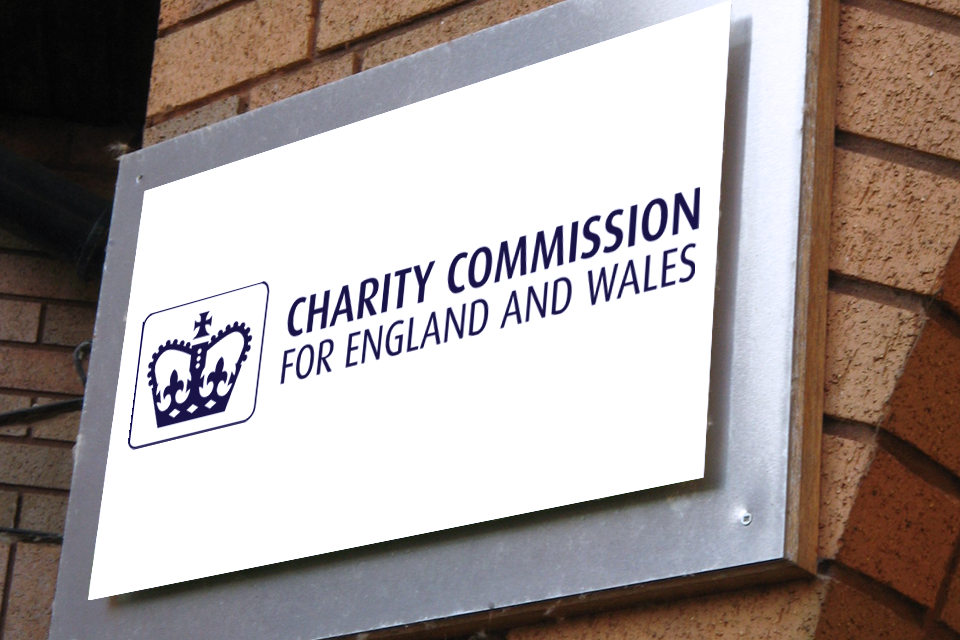Substantial investment in existing homes has weakened the sector’s financial position, which can also be seen in a number of recent regulatory judgements.
Providers spent a record £8.8bn on repairs and maintenance, 13% (£1bn) more compared to the previous year and 55% (£3.1bn) above the pre-pandemic level of £5.7bn reported in 2020. This increased spending was driven by a focus on improving tenants’ homes including fire remediation, building safety and energy efficiency measures.
Providers also reported spending £15bn on development for the year, a 10% increase on the £13.7bn reported in 2023 and greater than the previous pre-pandemic peak. 54,000 new social homes were delivered this year, an increase of 3% on the previous year.
The sector’s continued robust liquidity in aggregate allowed providers to raise the necessary funds to invest in new and existing homes. The sector agreed new facilities, including refinancing, of £12.5bn in the year and reported undrawn facilities of £29.9bn in March 2024.
While the sector’s operating margin (excluding fixed asset sales) remains at historically low levels, it stabilised slightly in the year to 17%.
However, high levels of investment combined with weaker financial performance have impacted on the level of cash and short-term investments held by the sector, which decreased for the third year in a row to £5.5bn.
The underlying surplus (excluding movements in fair value) fell again from £2.2bn to £1.6bn.
Providers are facing difficult trade-offs between maintaining financial resilience and investing in new and existing homes, with many providers scaling back their development ambitions due to investment in existing homes. The total number of homes forecast to be completed in the next five years has fallen by 42,000 (12%) to 292,000.
Projected spend on repairs and maintenance has increased by 11% on last year’s plans and is now equivalent to £10bn per annum over the next five years.
Will Perry, Director of Strategy at RSH, said
“The sector as a whole has so far proven resilient as it grapples with competing financial pressures, managing to stabilise operating margins this year while investing record amounts on existing homes and building much-needed new homes.
“However, forecasts indicate this could become more challenging in the future as rising levels of debt and cost of capital, as well as sustained high levels of investment in existing stock, impact providers’ surpluses.
“As these challenges intensify, providers must monitor and mitigate risks, including alerting us of any material issues. We will take action if we have concerns about a landlord’s viability.
“We know that this continued close scrutiny is key to maintaining investor confidence, as well as protecting tenants and providing new homes across the country.”
The annual publication is available on the Global Accounts page.
Notes to editors
-
The 2024 Global Accounts of registered providers (Global Accounts) provides a financial overview of the social housing sector based on an analysis of the regulatory returns of private registered providers (providers). The publication does not include any financial data relating to social housing stock held by local authorities.
-
In total, there are around 1,400 active providers, of which the majority have fewer than 1,000 homes. This publication is concerned with the financial analysis of 200 large provider groups which own or manage at least 1,000 social homes, together representing more than 96% of the sector’s stock.
-
The Global Accounts cover the period from 1 April 2023 to 31 March 2024. The report includes an analysis of providers’ financial forecasts (in section 5: Annex – Financial Forecasts).
-
For media enquiries visit our Media Enquiries page. For general enquiries contact [email protected]










